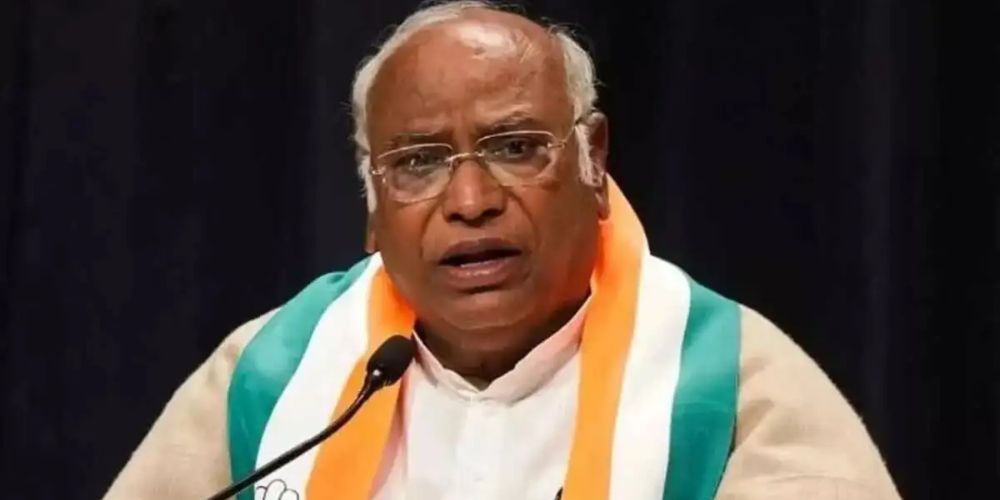The Indian Premier League (IPL) has redefined cricket over the past 18 years, turning raw talent into global superstars and revolutionizing the sport with data-driven strategies. However, as IPL reaches adulthood, a key element of Indian cricket seems to have faded—the mystery. The unpredictability that once defined Indian cricket has been replaced by structured gameplay, tactical precision, and relentless exposure of emerging players.
The Age of Surprise: When Indian Cricket Thrived on Mystery
Before the IPL era, Indian cricket was known for its unpredictability. Players like Anil Kumble, Virender Sehwag, and even Sachin Tendulkar carried an aura of mystery—opponents struggled to decode their playing styles. Batsmen emerged from domestic circuits with unique techniques, and bowlers, particularly spinners, brought deception that stunned the world.
Fast bowlers like Javagal Srinath and Zaheer Khan operated with an element of surprise, while spinners like Harbhajan Singh and Anil Kumble developed their skills in domestic cricket away from the constant eyes of technology and scouting networks. The lack of exposure meant that by the time they made their international debuts, opponents had little information to counter them.
IPL’s Role in Removing the Element of Surprise
With the IPL’s rise, Indian cricket has become a breeding ground for talent, but it has also meant the loss of unpredictability. Every promising youngster now plays on a global stage from an early age, with detailed statistics and footage available for every franchise, analyst, and opponent to scrutinize.
Mystery spinners, once India’s strength, have particularly suffered. The moment an unknown spinner performs well in IPL, analysts break down his variations, and batters quickly adapt. The likes of Mujeeb Ur Rahman and Varun Chakravarthy initially thrived in the tournament, but as teams studied their patterns, their effectiveness diminished.
Similarly, Indian batsmen now enter international cricket with well-documented techniques. Unlike earlier generations, where a Sunil Gavaskar or a VVS Laxman carried an enigmatic playing style, today’s batters are closely examined in their early IPL days, leaving little room for surprise when they enter international cricket.

Tactical Evolution vs. Natural Flair
The exposure IPL provides has also shifted the focus from natural flair to data-backed tactics. Cricketers are now groomed in high-performance environments where match-ups, analytics, and strike-rate calculations dominate coaching strategies. While this has improved overall consistency, it has also taken away the spontaneous brilliance that once made Indian cricket so unpredictable.
The beauty of an unknown talent emerging onto the scene and shocking the world—a la Laxman Sivaramakrishnan in the 1980s or even Jasprit Bumrah in his early days—has diminished. By the time a player reaches the international stage, opponents already have game plans tailored to neutralize them.
Conclusion
As IPL turns 18, it has undoubtedly elevated Indian cricket to new heights, creating an ecosystem that nurtures young talent and brings financial stability. However, in the process, Indian cricket has lost some of its old-world charm—the unpredictability, the mystery, the hidden gems waiting to be discovered. While modern cricket thrives on information and strategy, the nostalgia of an era where cricketers carried an element of surprise remains a cherished memory.



